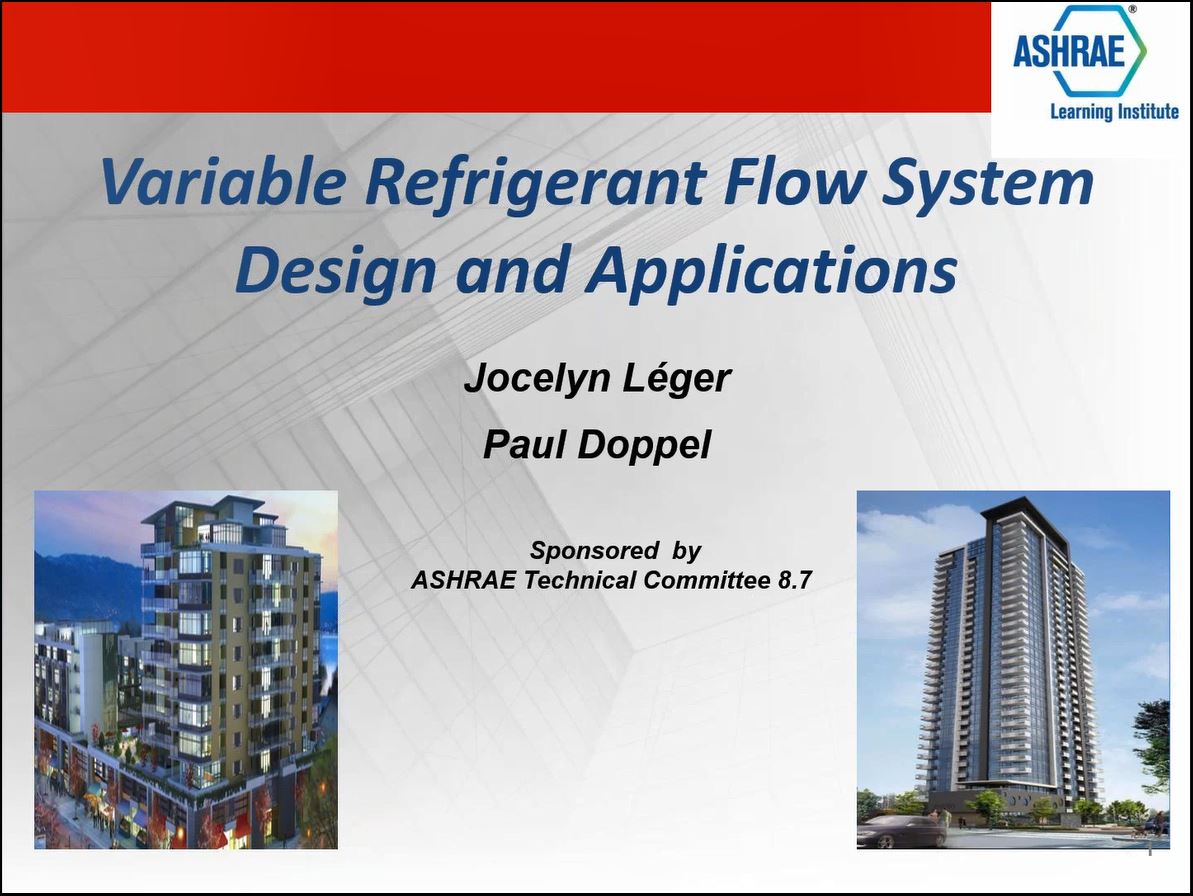Click here to purchase
Reducing exposures of aircraft painters to hazardous metals and organics motivates the current study, which evaluates hangar ventilation system design and operational velocity. CFD, tracer experiments, and exposure monitoring in previous studies showed spatial average exposures to simulated methyl isobutyl ketone (MIBK) of 294 and 83.6 ppm, for velocities of 0.508 and 0.381 m/s (100 and 75 fpm), respectively. Observed supply/exhaust velocities of 0.706/0.503 m/s (136/99 fpm) in tracer experiments were termed full-flow. Half-flow showed higher concentrations than 3/4-flow, which had the lowest concentration, with significance at the 95% confidence level. Half-flow compared to full-flow and 3/4-flow compared to full-flow showed no significant difference. Also, personal exposure monitoring for sprayers and helpers compared exposures for two observed velocities. Hexavalent chromium (Cr[VI]) exposures were 500 vs. 360 μg/m3 for sprayers and 120 vs. 170 μg/m3 for helpers, for 0.528 m/s (104 fpm) and 0.406 m/s (80.0 fpm), respectively. Hexamethylene diisocyanate monomer means were 32.2 vs. 13.3 μg/m3 for sprayers and 3.99 vs. 8.42 μg/m3 for helpers. Previous studies showed crossflow designs provided lower contaminant exposures, decreased residence times, and more efficient flow paths compared to ceiling diffuser designs. These results led to the current CFD study examining additional crossflow velocity-exposure metrics for nose-to-tail crossflow (Configuration 1) and six alternatives. Exposure control energy efficiency was lowest at 0.254 m/s (50 fpm) in the nose-to-tail crossflow configuration. Whole-ceiling-supply-to-whole-floor-exhaust (Configuration 2) and the reverse, floor-to-ceiling flow (Configuration 3), showed higher exposures than Configuration 1. In Configurations 2 and 3, the aircraft geometry impeded vertical airflow near workers, making accurate the intuition that ventilation similar to airflow during flight, i.e. Configuration 1, creates effective flow paths. Configuration 2 performed better than Configuration 3, perhaps because downward flow was more effective at removing the denser-than-air simulated MIBK vapor. Evaluations of four remaining configurations: front-ceiling-supply-to-opposite wall exhaust (Configuration 4), centered ceiling supply flowing to low sidewall exhaust (Configuration 7) and reversing this flow direction (Configuration 5) showed higher exposures than Configuration 1. Configurations 4, 6 and 7 have been observed in aircraft painting facilities. Configuration 4 is likely to create similar flow paths but be easier to build compared to Configuration 1, where the supply plenum is contained in the bay door where the aircraft enters the hangar. Configurations 2, 4, and whole-ceiling-supply-to-low-side-exhaust (Configuration 6) were the best of the alternatives. Configuration 5 and 7, chosen because they occur in many applications, performed poorly here.
Citation: 2021 Virtual Conference Papers
Product Details
- Published:
- 2021
- Number of Pages:
- 9
- Units of Measure:
- Dual
- File Size:
- 1 file , 1.6 MB
- Product Code(s):
- D-VC-21-C032


